Flat Rate Billing
The first thing to note about this form of billing is that in order to do this effectively, the designer has to have been in business long enough to collect data from numerous projects that inform their rates. This gives them the ability to estimate how many hours they spend on average designing a bedroom versus a kitchen and so on.
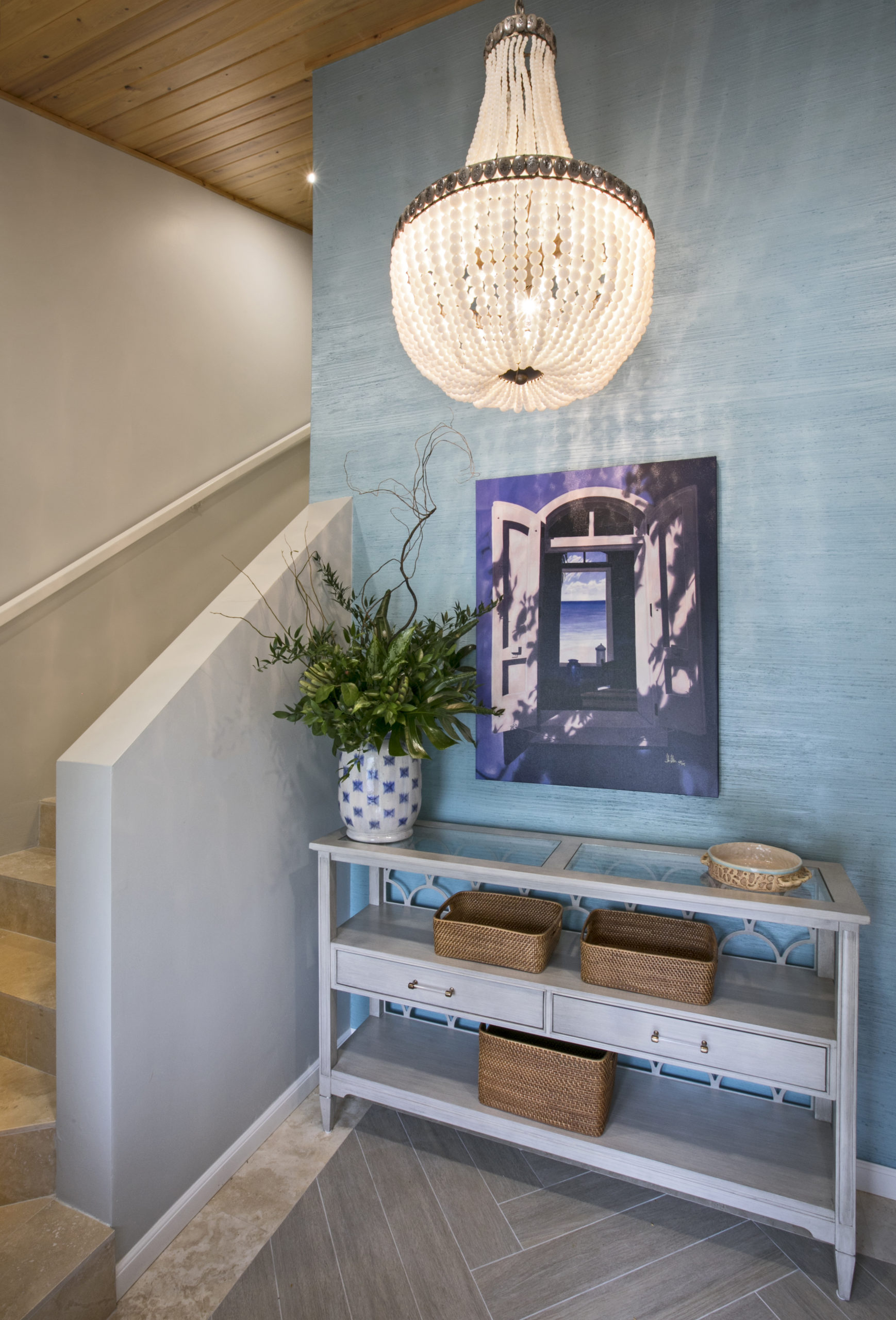
Flat-rate billing is my favorite. At Lagnappe Custom Interiors, we switched to this model exclusively a few years ago, and it has completely changed our projects for the better! Flat rate billing is usually done one of two ways. Either by the room or by the square foot. For example, you may encounter a designer that has a menu by room:
– Primary bedroom X$
– Powder bath X$
This makes it easy for consumers to get the info they need on the total cost. The other method is by the square foot. The price per square foot is usually based on a few factors.
1. Again, the designer’s level of experience.
2. Number of team members/size of the business (if you have a larger project, you may benefit from having more team members available, which will likely cost more)
3. Are they working from home, or do they have a brick-and-mortar studio?
4. Your scope of work. Kitchens require much more detail and time than a dining room, for example. There is also a lot more potential liability and subcontractor coordination; therefore, the price per square foot for a kitchen would likely be more.
5. Your desired aesthetic. Are you looking for something simple that does not require a lot of accessorizing or are you looking for a highly layered boho aesthetic? These concepts affect the time your designer will put in and thus will reflect the final cost for her design fee.
Keep in mind that a sliding scale for a fee, at least at the first discovery call, is not a sign that They’re making this up. It’s a sign that they understand they needs a good feel for what you are looking for in order to be able to give you an accurate quote. You want to work with someone who is going to take the time in the process leading up to the contract to understand your goals and your budget.

WHAT MODEL IS BEST FOR YOU?
So how do you know, as a consumer, in all these variables, what business model might be the right choice for you?
One of the most significant considerations is your commitment to seeing the project through and your preference for budgeting.
I have elected to run our business as a flat rate-only business because it shifts the client dynamic. We have all the hard conversations before we start. Then the client knows what we’re going to charge them and that we’re all in. We are confident about payment and then can proceed to just love on our clients and put in the time it takes without fearing pushback when the monthly bills go out. Also, my clients are never afraid to call with questions or ask to see another option. They know that’s included. With the hourly model, my experience was that even if I told a client to expect 40 hours, they often told themselves it couldn’t possibly take that long. Then were unhappy when it did, and if there were any unexpected issues (remodeling, without unexpected issues, really?), well, those extra hours are not always well received.
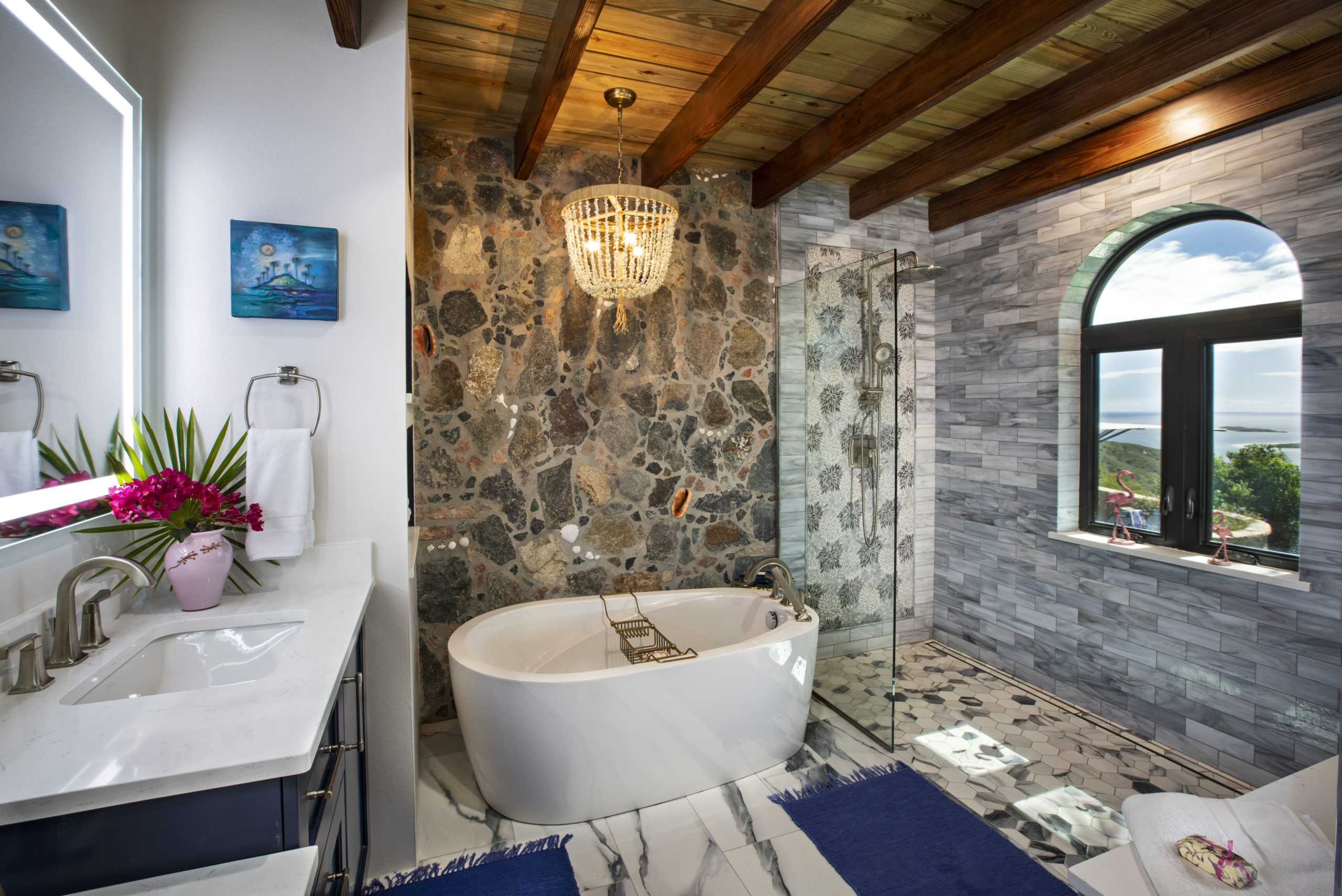
Where hourly is often the best plan when you don’t quite know if you want to do all the rooms or just one room, you can expand and contract the scope as you go based on budget. It’s also nice if you need a couple of little things. Paying for a whole room for just window treatments and a rug is not always the best value.
A flat rate plan might be the best fit for you if the idea of getting one price to put in your budget at the beginning is appealing. Sometime that is the best way for a client to feel comfortable with the overall estimated costs of a project.
If you missed Part I of our “How Designers Charge” series, you can find it here. You’ll dive into the components of hourly billing and if it is a good fit for your project and your buying personality. To close out our series, we will share our insight into custom pieces, markups, and what is included when you purchase furnishings from your designer. See you next time




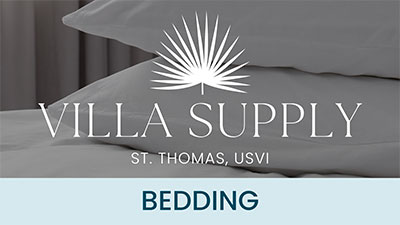





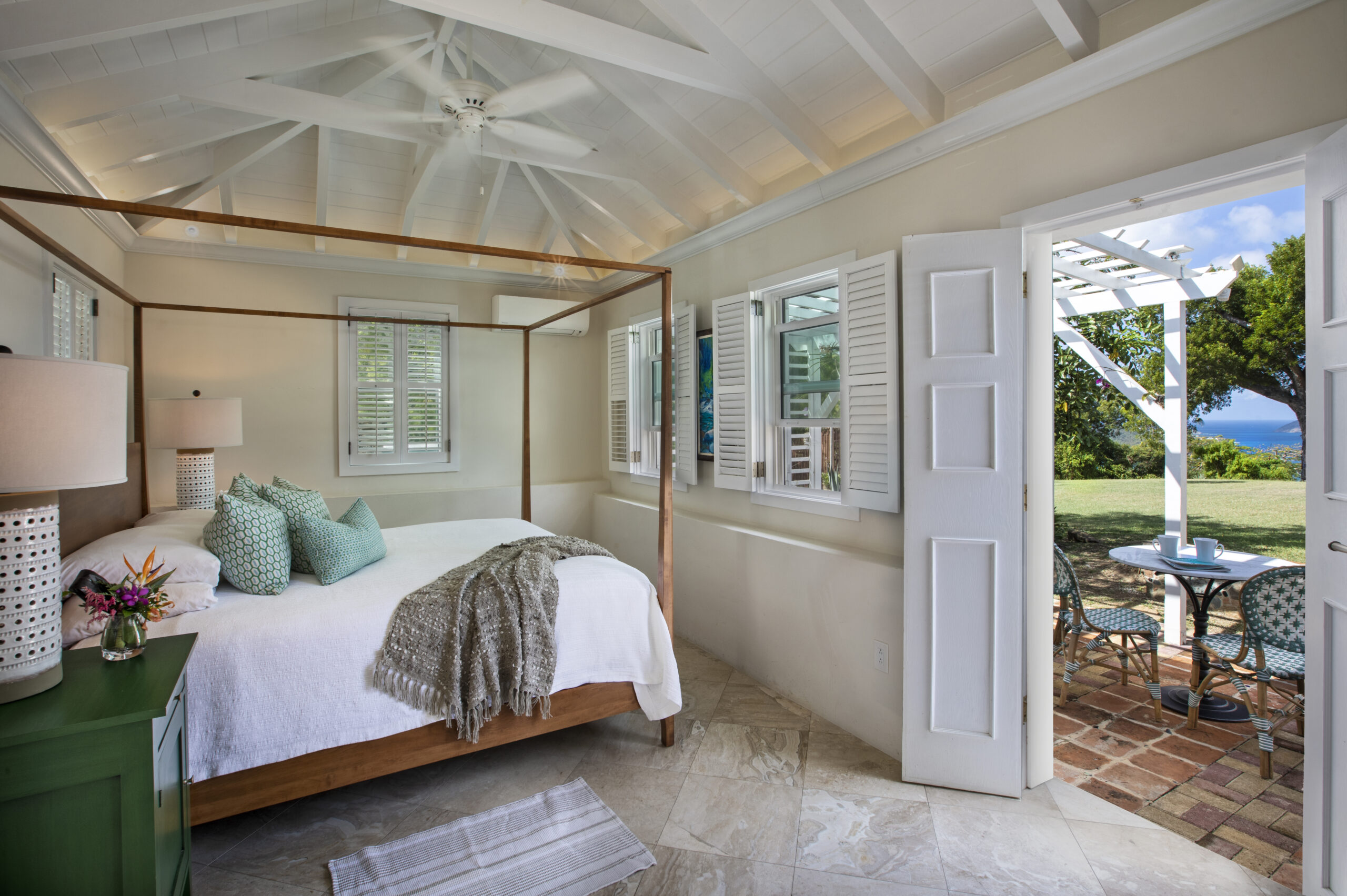

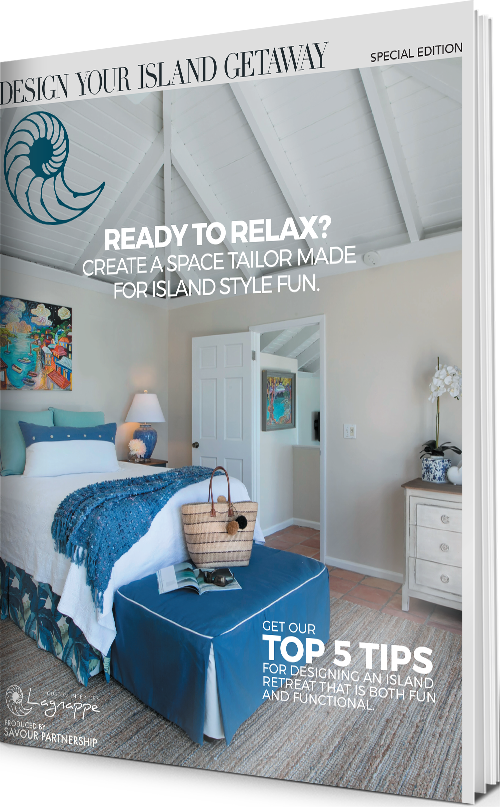
A well laid out discussion of flat fee billing Tiffany.
A great explanation of flat fee billing and its advantages to both the designer and the client!